I've lived in upstate New York for a long time — and the amount of history throughout the state never ceases to amaze me. Just north of Lake George, where Lake Champlain begins to widen is historic Fort Crown Point.
Built on land where modern-day New York and Vermont are nearly kissing they're so close — anyone coming or going across the bridge between the states can marvel at the fort as they pass by. Hidden by bumpy hills that rise up around the site, your first hint that anything still remains are the chimneys popping up from the pathway.
Last year, I wrote about Fort St. Frederic — the French counterpart to Crown Point, which lies on lower land closer to Lake Champlain.
Although modern technology makes us feel closer to one another, our structures and settlements have gone in the opposite direction — becoming grander and farther apart. Visiting historic ruins and battlegrounds puts things back in perspective, where opposing sides set up their front lines mere feet from one another!
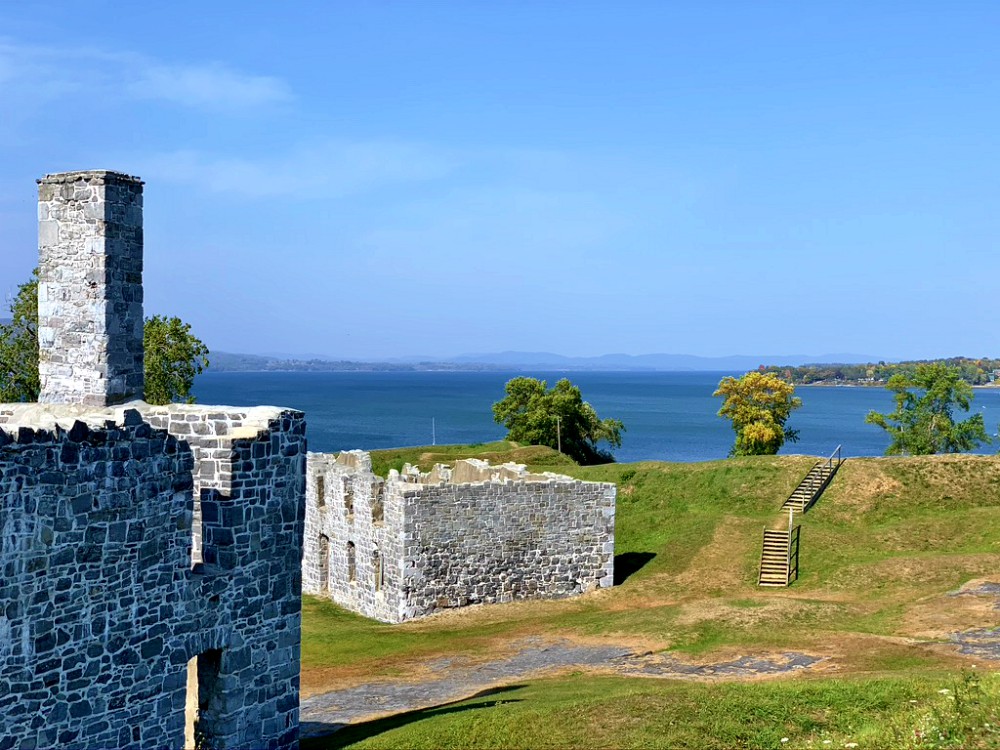 Fort St. Frederic is just on the other side of the ridge line.
Fort St. Frederic is just on the other side of the ridge line.
No wonder we have expressions about seeing the 'whites of your enemy's eyes' because you really did get that up close and personal!
In the midst of the French and Indian War, the French destroyed their own Fort St. Frederic as they were defeated by the British in the early summer of 1759.
By September of 1759, the foundation for the English's new Fort Crown Point had been set above the French fort's remains. Two of the structures remain today: the officers' and soldiers' barracks.
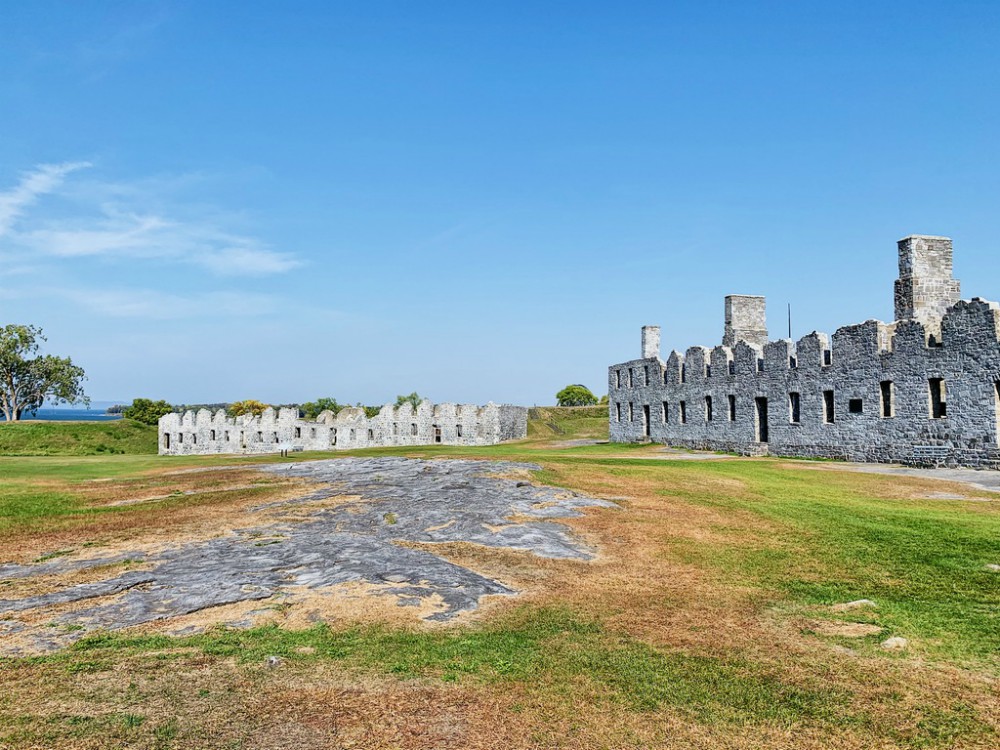 Officers' barracks are in the background of this photo while the soldier's are on the right side.
Officers' barracks are in the background of this photo while the soldier's are on the right side.
Unsurprisingly, the officers' barracks were much roomier and less crowded. Officers slept one to two in a room while soldiers had up to 18 per room!
But the remaining soldier's barracks building gives you an idea of how many people would have been packed into a room, and how efficiently they built the structure by stacking fireplaces on top of one another.
It looks funny now without floorboards in between to delineate where one floor ended and another would have been directly above, but you get a perfect picture of the layout.
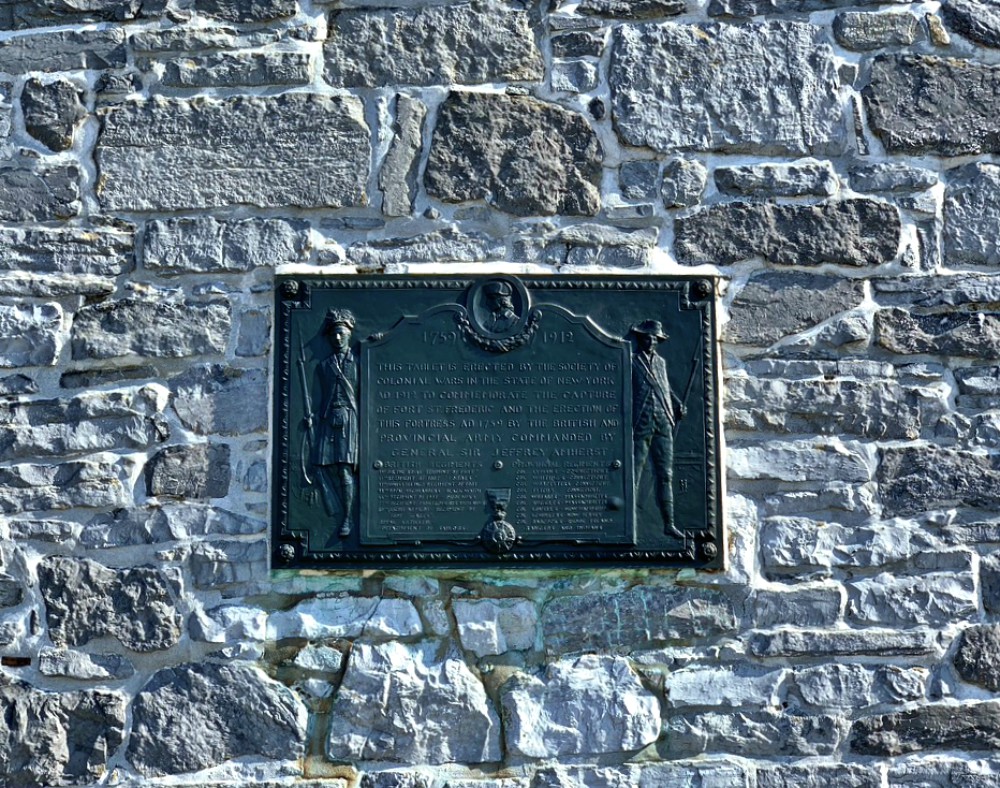 A tablet affixed by the New York State Society of Colonial Wars in 1912 to commemorate the capture of Fort St. Frederic.
A tablet affixed by the New York State Society of Colonial Wars in 1912 to commemorate the capture of Fort St. Frederic.
And while we may not have the full buildings anymore, the stone work is truly amazing to still be standing so well.
Until the Revolutionary War, the English kept the Fort manned, but with much smaller numbers than in the mid-18th century. In 1775 the Green Mountain Boys captured the Fort from the English, Benedict Arnold then used the fort to oversee his navy on Lake Champlain, but it was finally abandoned after the British defeat as the incipient US had no use for the fort.
Perched on rolling hills by Lake Champlain, it's a picturesque place to stop if you're traveling around upstate New York or Vermont!

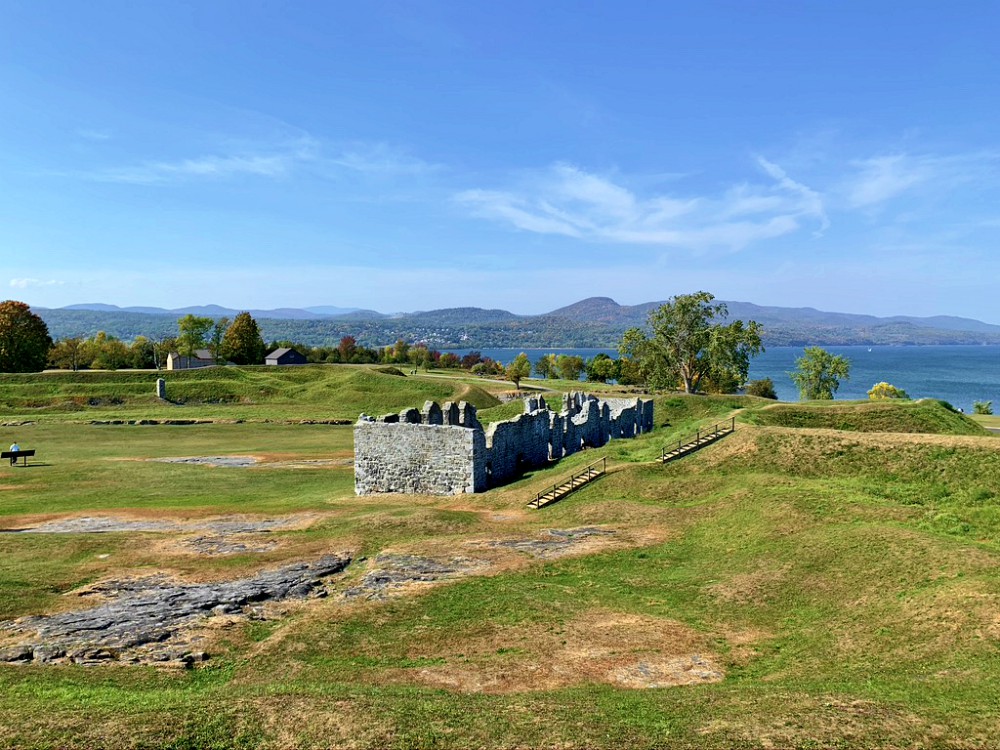
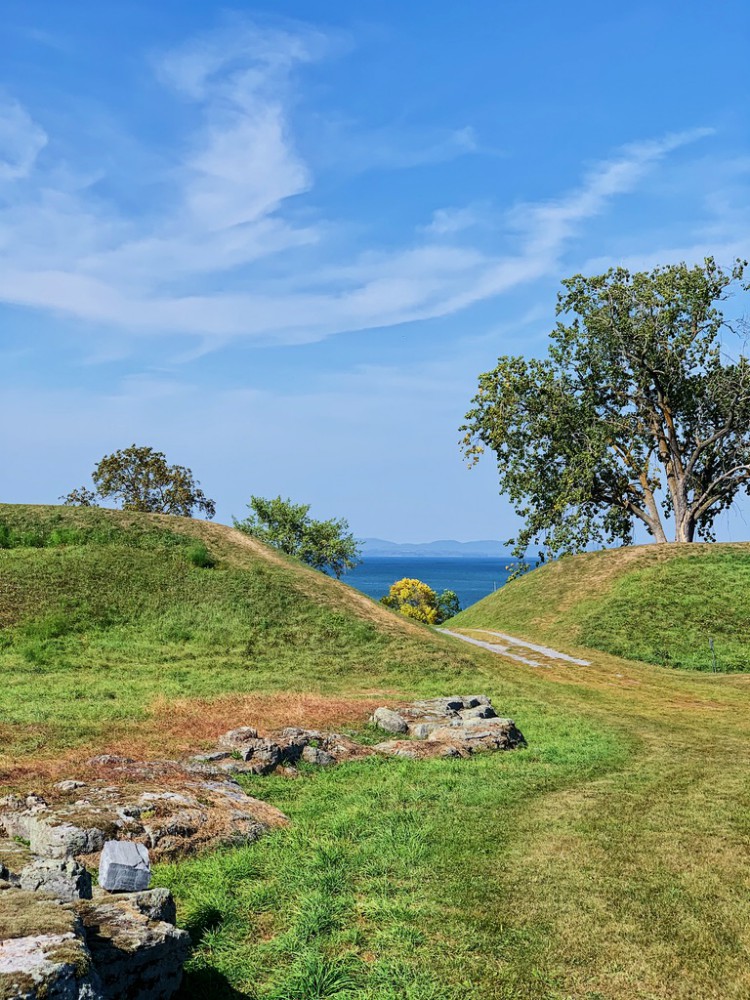
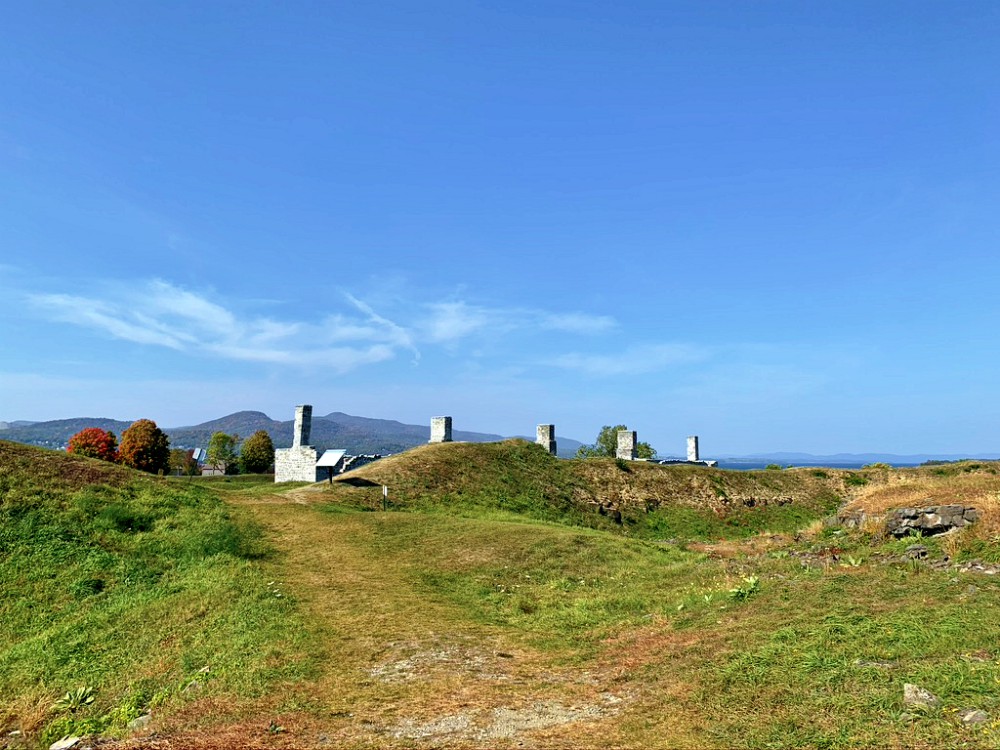
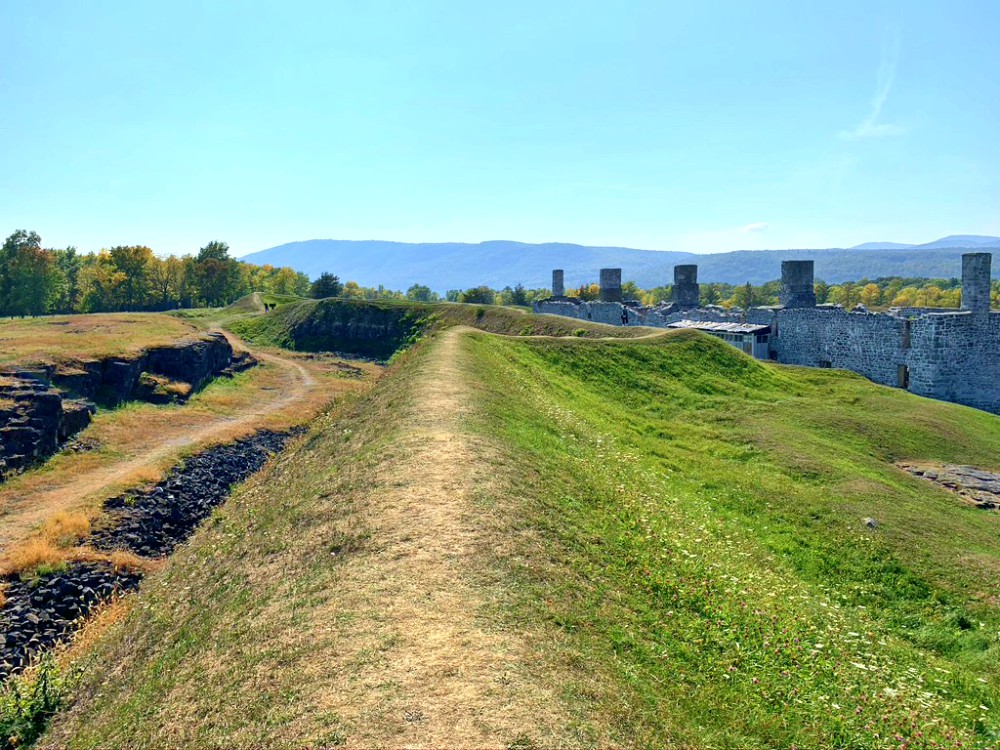
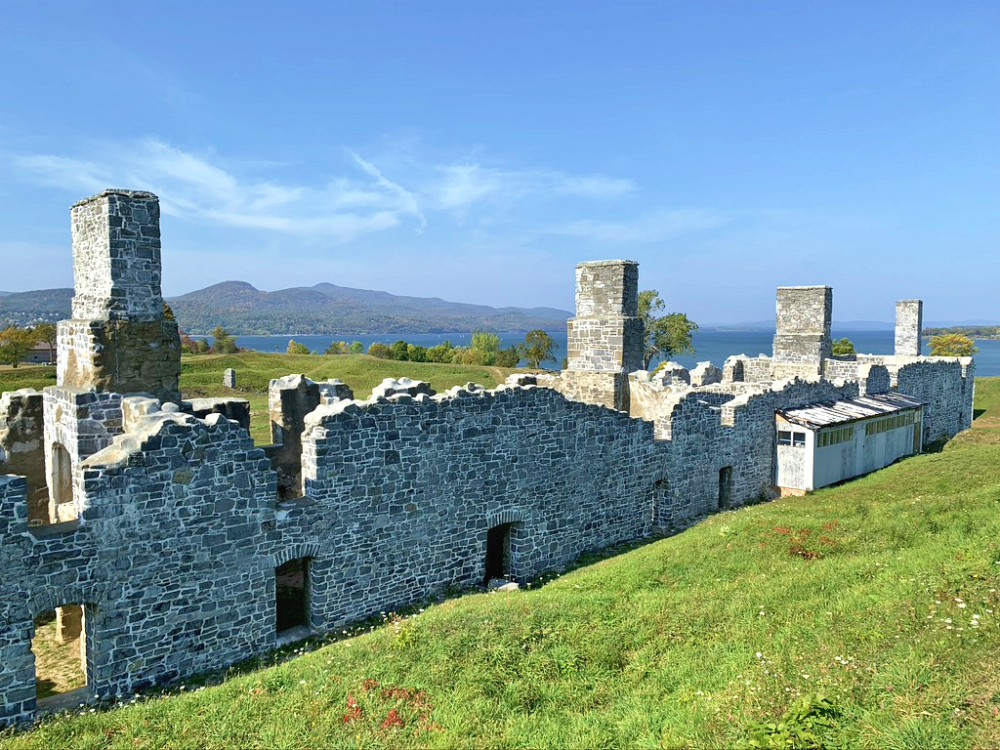
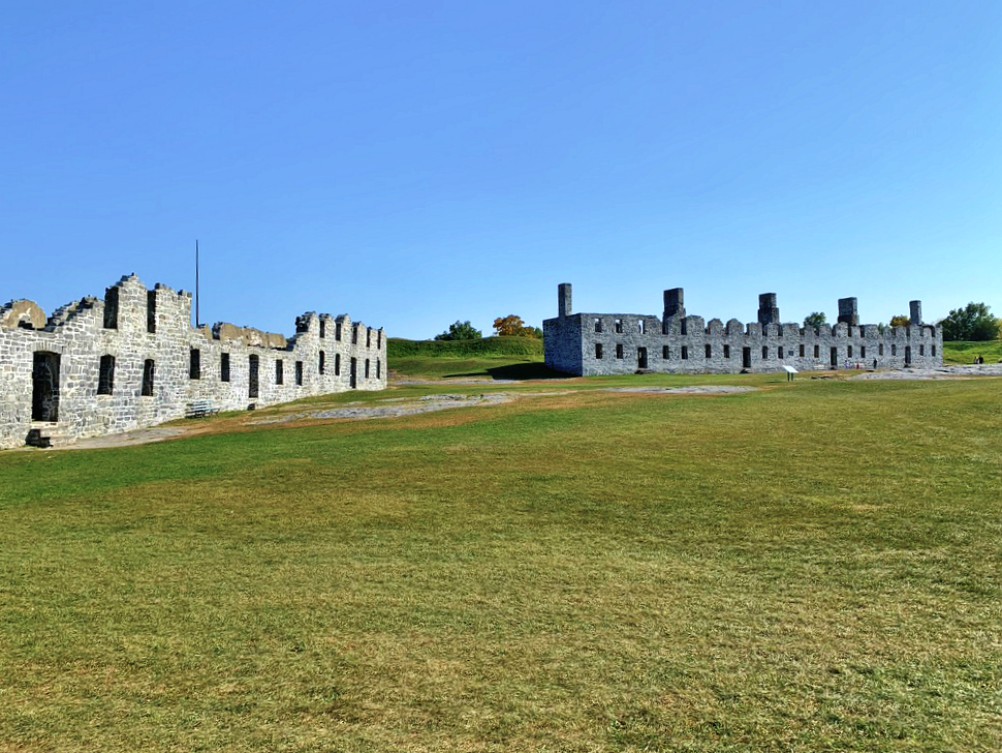

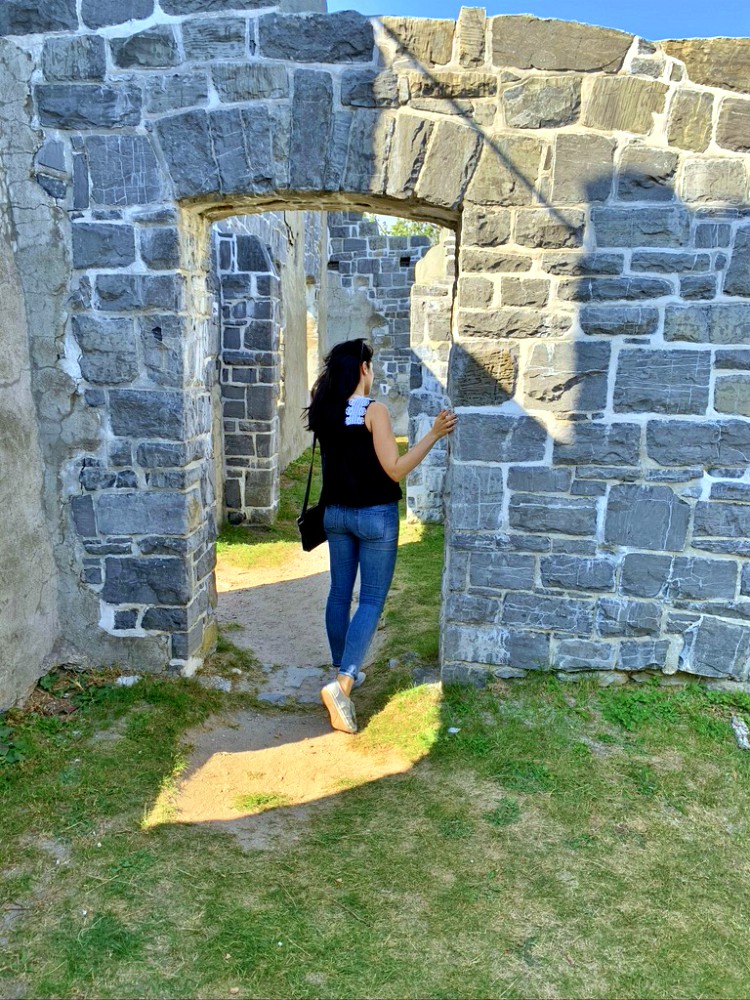
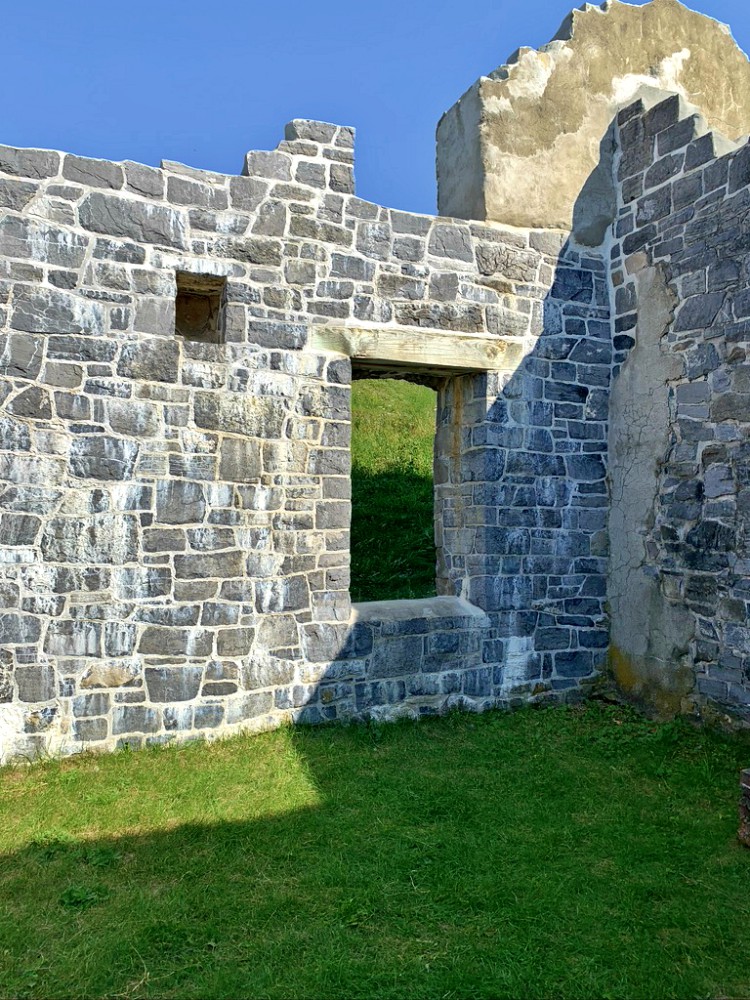
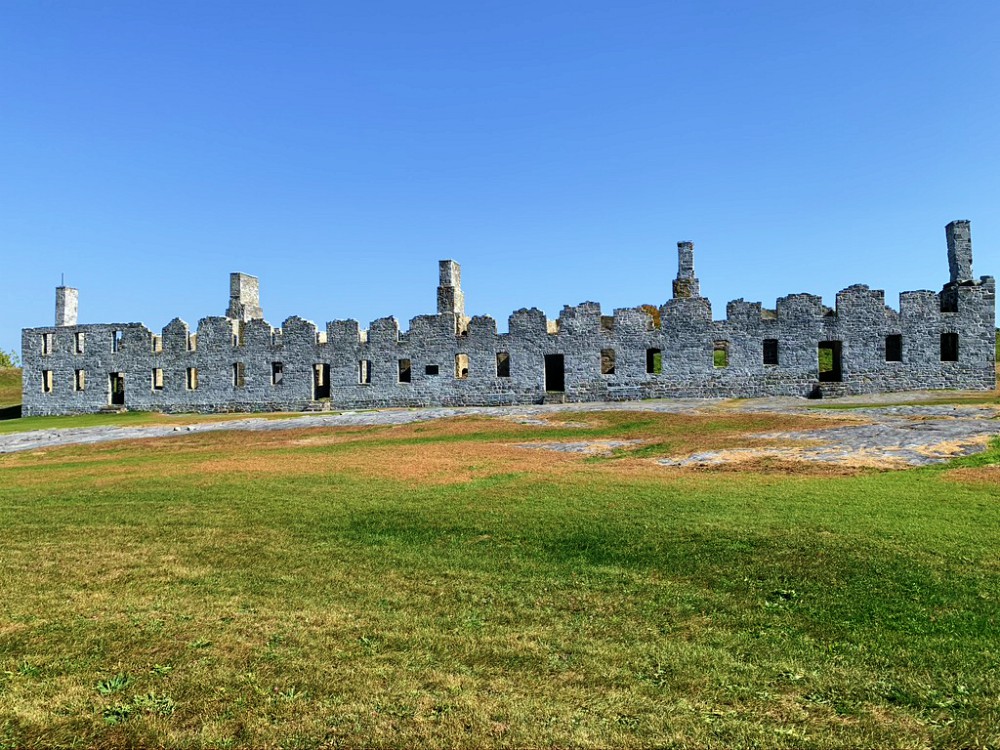
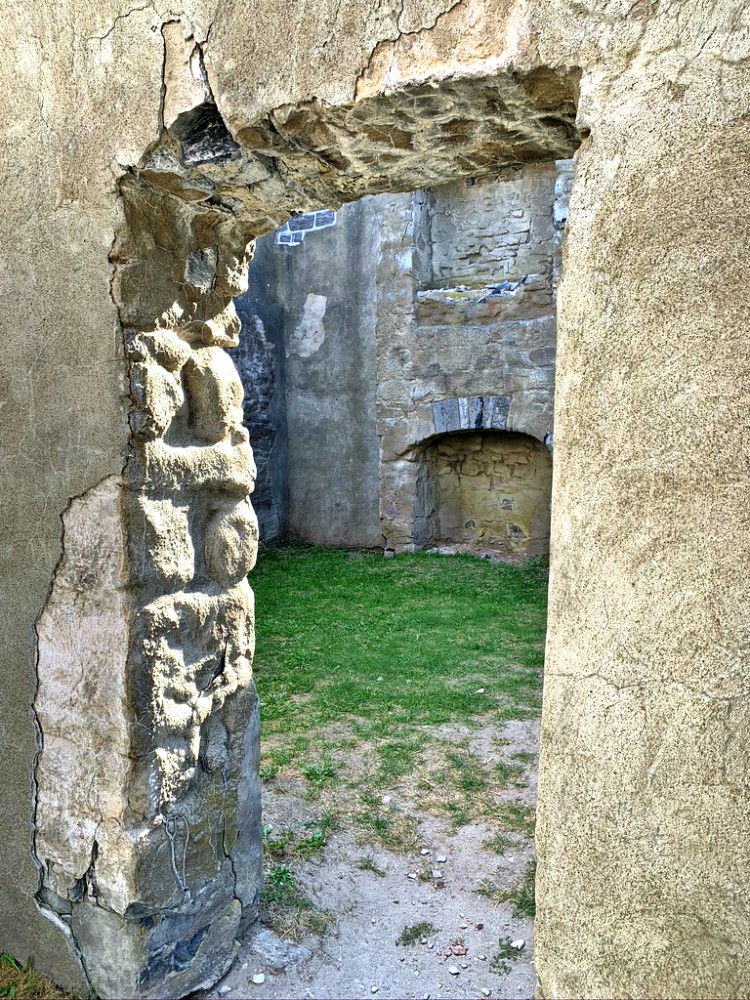
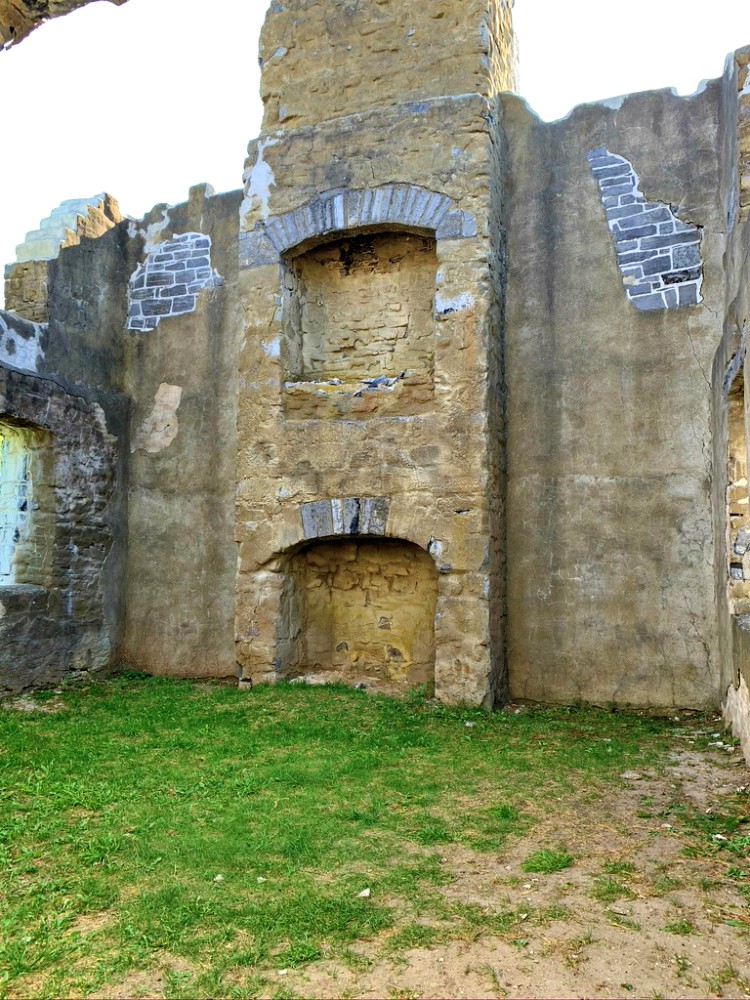

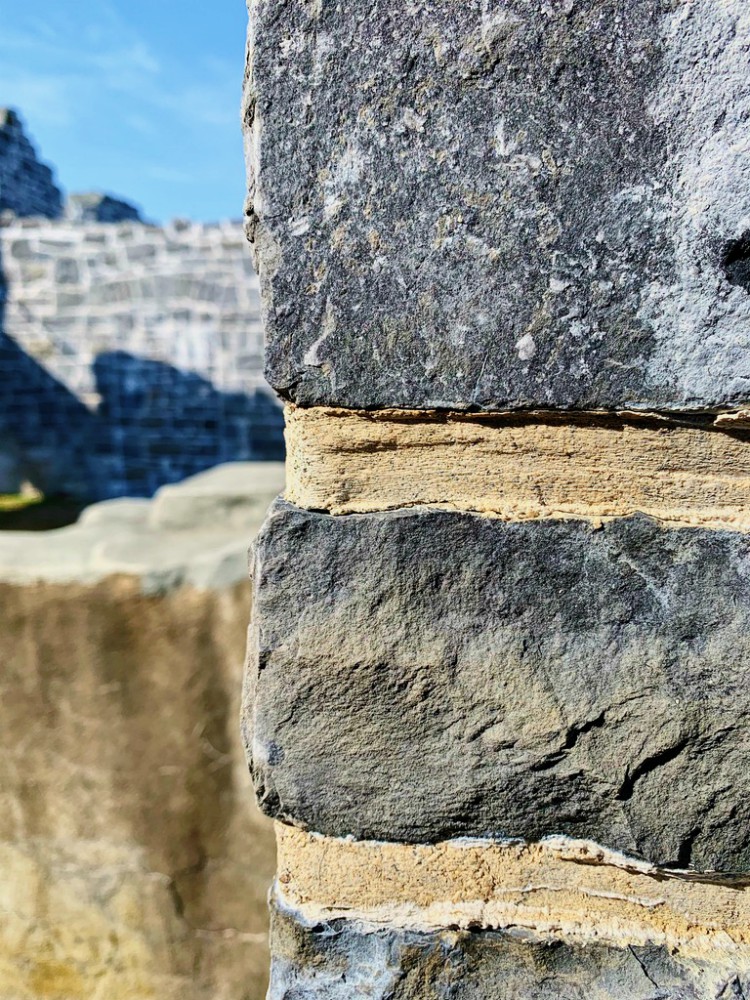
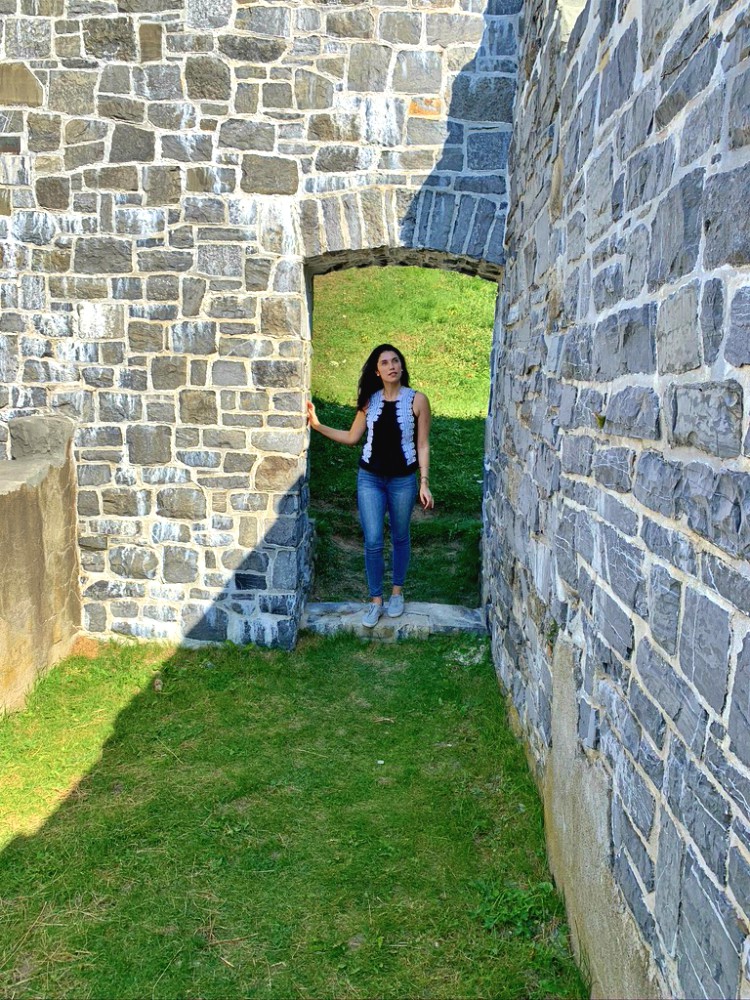
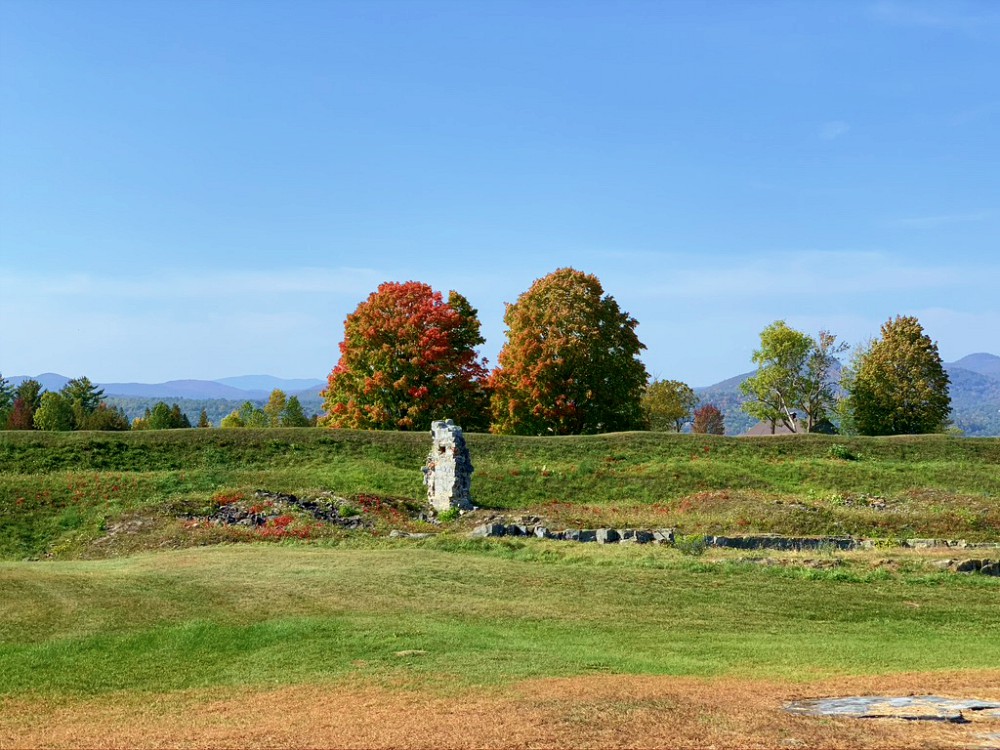
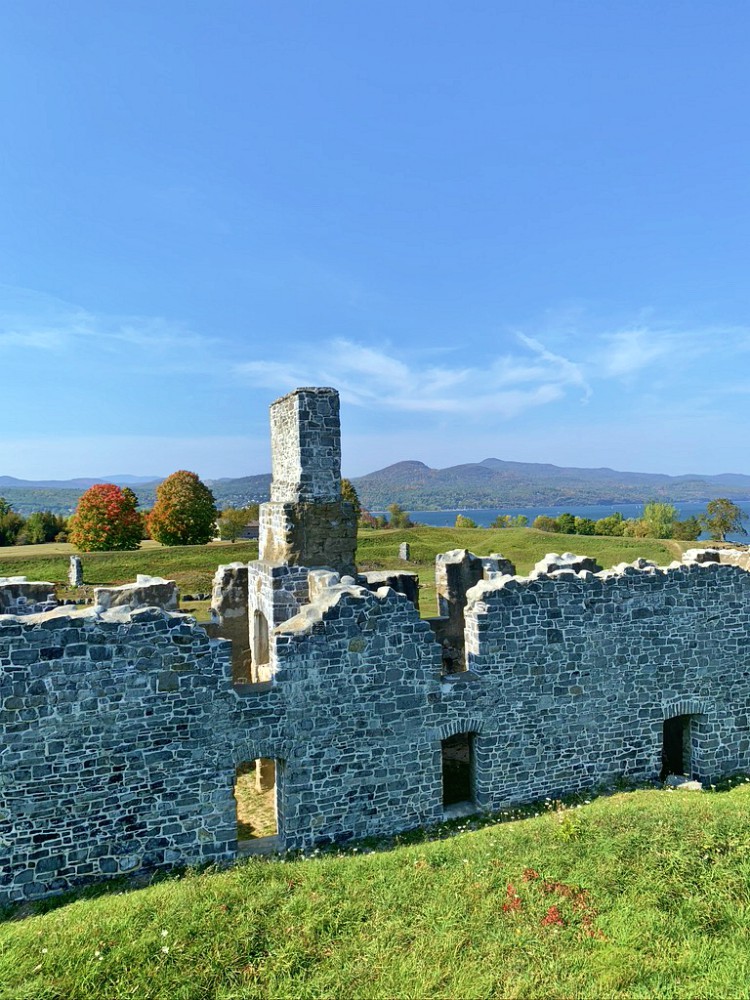
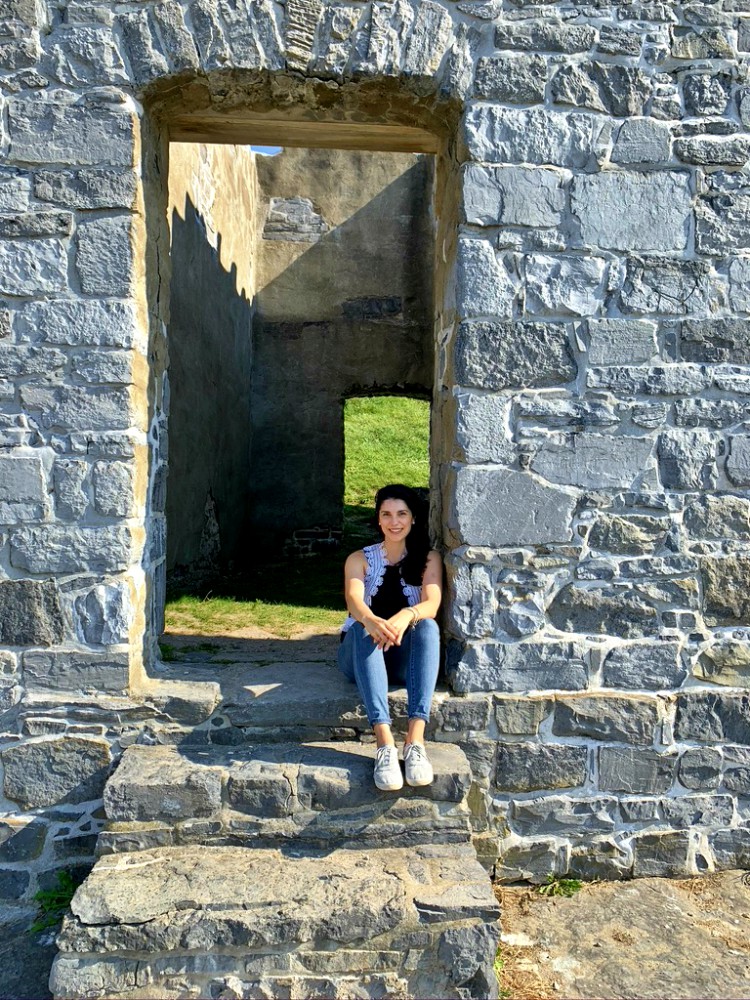
Fascinating. I had no idea about the existence of this fort. Great photography
How long of a visit do you think a person should allocate to it, without the feeling of being rushed ….
Probably a good hour and a half. However, if you plan to also walk around Fort St. Frederic as well, that would be closer to two or three hours. The forts are nicely situated on a piece of park, so there are also other paths and trails you can explore beyond the ruins!